CULTURE
Bachué, The Goddess of Fertility: Mythology of the Muisca Indigenous Civilization
Text and photos by Carmen Helena Trujillo – This article was originally published at www.elcafelatino.org

The Chibcha linguistic family of Colombia inhabited the territories of the present-day departments of Santander, Boyacá and Cundinamarca in the highlands of the Andes at altitudes of 2,000 metres and above.
The indigenous Muisca are part of this family that lived around the present-day Colombian capital, called Bacatá by them. From 600 A.D. onwards, the Cordillera Oriental was gradually occupied by various peoples of this family.
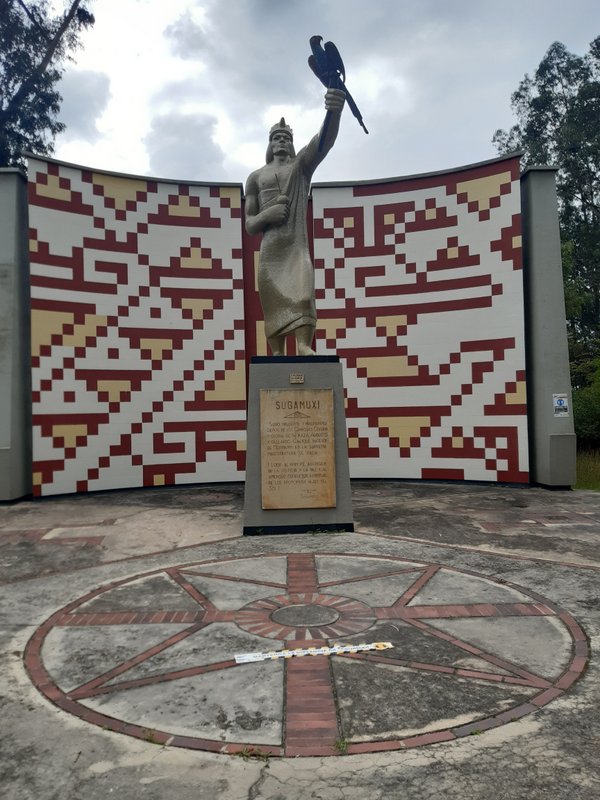
According to the chronicles of the first Spanish settlers, they found a population that lived from agriculture; from products such as potatoes and corn and from the extraction of rock salt and emeralds, products that they exchanged with other tribes for other goods. This exchange was called ‘trueque‘ [1].
Several present-day populations still preserve the original names of the Muisca nation, such as Ráquira (ra: ceramics – quira: earth) where the ancestral techniques of Muisca ceramics are preserved, Zipaquirá (Zipa: rule.quira: earth). Or, also, the word Turmequé (which means vigorous leader).
Turmequé was a sports game that the natives played with golden discs called “Zepguagoscua“. Nowadays it is called “tejo” [2], and is played with iron discs that barely fit in the hand. The fields are 18 metres long and the ‘tejos’ must be thrown towards a sandy field in which small pieces of gunpowder are hidden and must explode to win points.
Likewise, there are other populations that have diversified its meaning over time, such as the ancient Sugamuxi (or Temple of the Sun) where the Archaeological Museum is located today, and the Suamox or Bacatá (plantation territory) in present-day Bogotá (capital of Colombia).
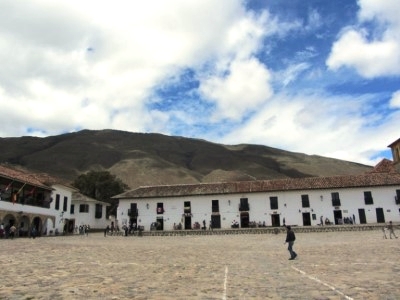
The Europeans arrived in the territories of the Chibcha linguistic family, especially in search of the Muisca civilisation that made gold offerings to the lagoons (the Dorado ceremonies [3]). During the period of conquest, the Spanish Díaz Venero de Leyva founded the Villa de Leyva, in a territory 160 kilometres from Bogotá, which was ideal as a resting place for the viceroys of that time. In pre-Columbian times, the Muiscas honoured Lake Iguaque, because according to their mythology, the origin of mankind began in this place. The territory of Villa de Leyva preserves a special mysticism, although it is only a few kilometres from the lake. From the main square, which is the largest in Colombia (14,000 m²), you can see the Andean mountains where the páramo is located, so this is where the sacred lake of Iguaque is located.
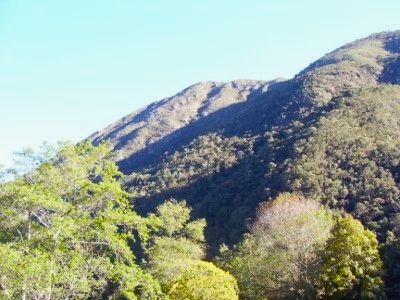
The myth tells that a woman named Bachué appeared with a child in her arms, the child grew up and then they got married and had many children, and in this way they populated the earth. They taught their children agriculture and the worship of the gods. After many years, they said goodbye to the people who unfortunately saw them leave, turning into snakes, and retreating to the lake. Thus, for populating the land, Bashue became the goddess of fertility.
This place continues to be sacred for the present-day populations, especially for the indigenous Muisca who still survive there and talk to us about water culture. In the words of José Manuel Socha, the Muisca spiritual leader of the current community in the Chia territory [4]:
“Water is life, we are water, we all come from a lake, as it happened in our vision of the world, Mamie Bachué came out of the lake to give birth to humanity and we all come from a lake without exception because when we are in our mother’s womb we are in a lake, we are the children of Zue[5], we are part of a great thought, a great universe, a great being. It is important that we see this, we have to start by taking care of our own water, our own lake, that we have in us, in every human being, animal, plant or stone, it is water, and water is our mother, it is pure.”
To get there from Bogotá, you can pass through the beautiful and historic town of Villa de Leyva, which is 2,100 metres above sea level, and continue to the Iguaque Wildlife Sanctuary National Park.
Notes
[1] In the Chibcha language, currently ‘barter’.
[2] The ‘shuffleboard game
[3] The Europeans looked for this place as “El Dorado”, a mythical place where everything is made of gold.
[4] Moon in Chibcha language.
[5] A word from the Muisca language that translates into Spanish as ‘sun’.
Bibliography
Puch María de la Luz, Giraldo (1986). Así éramos los Muiscas. Original edition: Bogotá, Banco de la República; Fundación de Investigaciones.
Socha, José Manuel (2021). The Muiscas and the Culture of Water: Reflections from the Sanctuary of Fauna and Flora of Iguaque. From: https://fb.watch/7JkZV5GccN/
Lake Muisca and El Dorado. From: https://www.banrepcultural.org/coleccion-arqueologica/balsa-muisca
RECENT POSTS
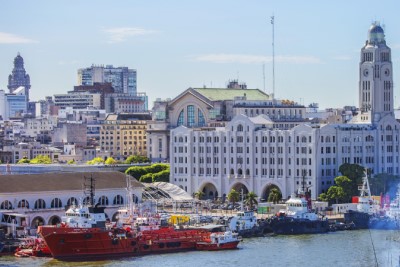
Montevideo, New Headquarters of the Tourism Law Observatory for Latin America and the Caribbean
LATAM NEWS Montevideo, New Headquarters of the Tourism Law Observatory for Latin America and the CaribbeanMontevideo, the capital of Uruguay, has been designated as the headquarters of the Tourism Law Observatory for Latin America and the Caribbean, an initiative...
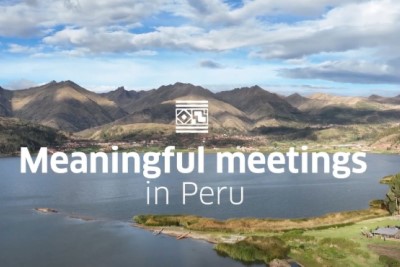
“Meaningful Meetings in Peru 2024”: A New Era for Meeting Tourism
LATAM NEWS “Meaningful Meetings in Peru 2024”: A New Era for Meeting Tourism Peru's Export and Tourism Promotion Agency (PROMPERÚ) recently launched its ‘Meaningful Meetings in Peru 2024’ campaign. This initiative aims to position Peru as a destination of...
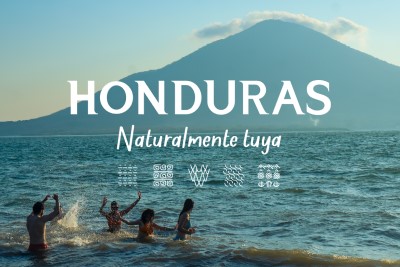
Launch of the ‘Honduras, Naturalmente Tuya’ Brand: A Hymn to Beauty and Diversity
LATAM NEWS Launch of the ‘Honduras, Naturalmente Tuya’ Brand: A Hymn to Beauty and Diversity The Honduran Tourism Institute (IHT) officially launched its new tourism brand, ‘Honduras, Naturalmente Tuya’, at a spectacular event held at Tegucigalpa's Manuel Bonilla...


